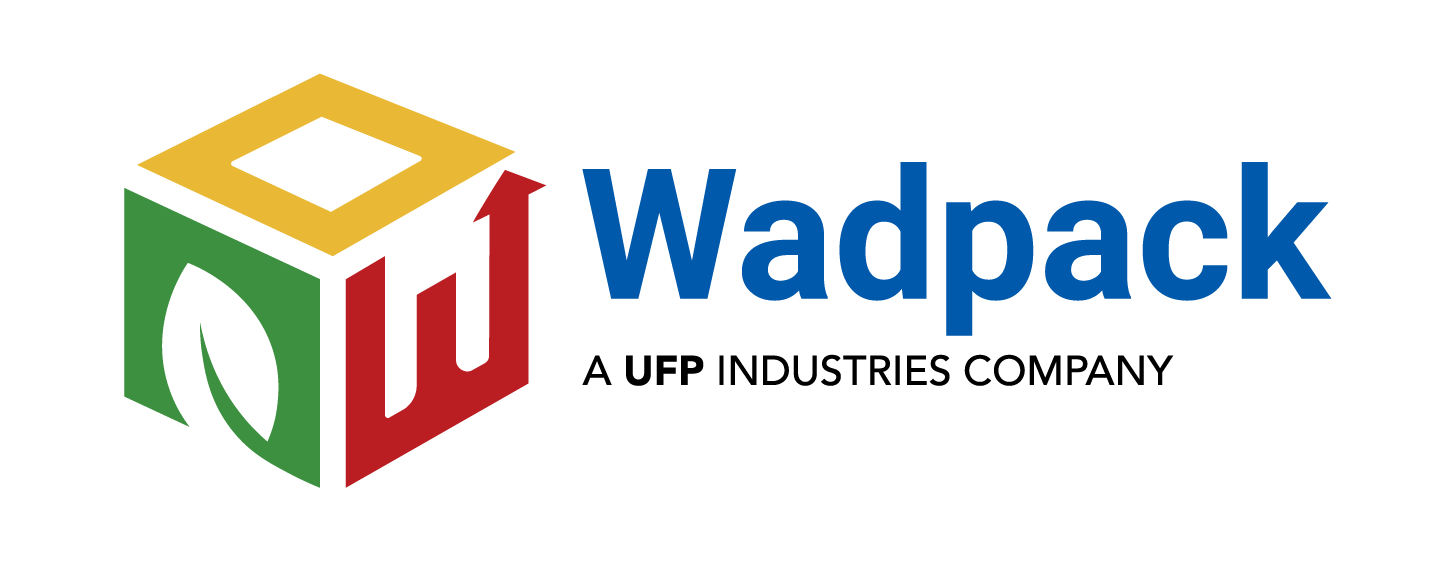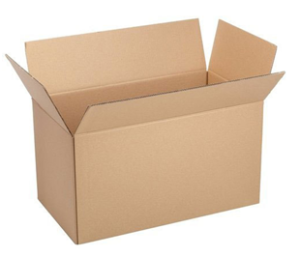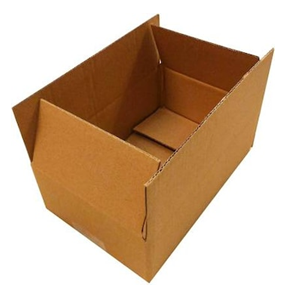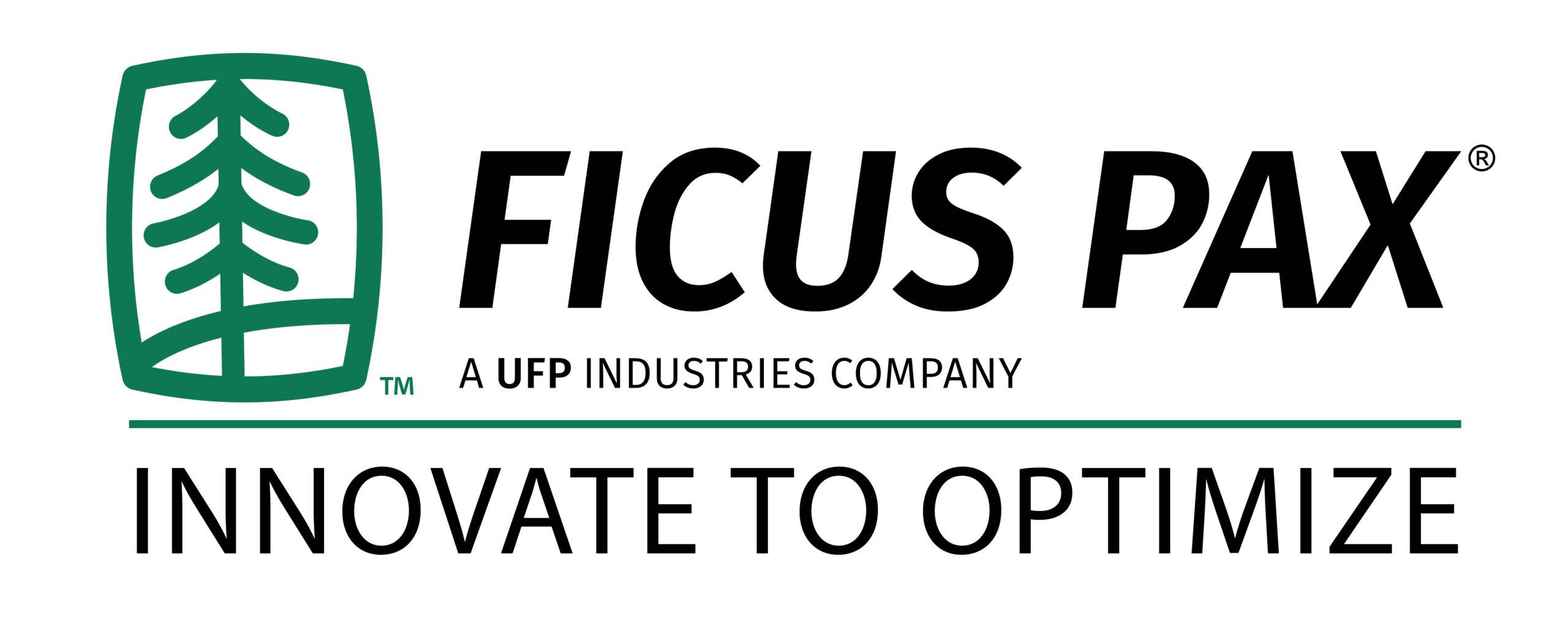Cigarette Packaging – Wadpack
Cigarette Packaging || Wadpack
Plain tobacco packaging, also known as general, neutral, standardized, or homogeneous packaging, is the packaging of tobacco products, generally cigarettes, without any branding (colors, imagery, commercial ensigns, and trademarks), including only the brand name in a commanded size, fountain, and place on the pack, in addition to the health warnings and any other fairly commanded information similar as poisonous ingredients and duty- paid prints. The appearance of all tobacco packs is standardized, including the color of the pack. The junking of imprinting on cigarette packaging is a regulation of nicotine marketing and aims to discourage smoking by junking positive associations of brands (including design and symbol) with the consumption of tobacco. It also aims to remove an available avenue of brand advertising for cigarette companies. Australia was the first country in the world to introduce plain packaging, with all packets vended from 1 December 2012 being vented in totem-free, drab dark brown packaging. There has been opposition from tobacco companies to plain packaging laws, some of which have sued the Australian government in Australian and transnational courts. Since the Australian government won the court cases, several other countries have legislated plain packaging laws. Plain packaging was included in guidelines for the World Health Organization Framework Convention on Tobacco Control. On 31 May 2016, on World No Tobacco Day, the WHO called on governments to get ready for plain packaging of tobacco products.
KEY MARKET INSIGHTS
The global tobacco packaging market size was USD16.15 Billion in 2019 and is projected to reach USD20.45 Billion by 2027, flaunting a CAGR of 3.0 during the cast period.
Tobacco is an agrarian product attained by curing tobacco leaves. It contains largely addicting goad nicotine and is used in the product of several products similar to cigarettes, cigars, and biting tobacco. Packaging is an essential element as it provides a hedge against humidity and protects the packed tobacco from aroma transmission, bacteria, and deterioration. The conception of plain packaging is espoused by several countries to regulate tobacco consumption in individual countries. This gives tobacco packaging manufacturers veritably little space to introduce and develop new products for packaging. still, the packaging products serve as the only source of creation for tobacco products. Hence, packaging companies seek every occasion to design seductive packaging products that meet all the nonsupervisory guidelines.
Also Read: Tobacco Packaging Boxes
Latest Trends
The shift in consumer demand from smoking tobacco to smokeless tobacco, substantially hutted tobacco units (HTU) has fueled the demand for tobacco packaging. The growth in the consumption of heated tobacco units is attributed to the rising consumer mindfulness regarding the health goods caused by smoking tobacco products. Companies similar to Philip Morris International (PMI), British American Tobacco (club), and Japan Tobacco International (JTI) are investing and promoting their HTU products. Hence, the rising demand for HTU will help the request flourish encyclopedically.
Key Industry Player
At present, the competitive geography of the request depicts a semi-fragmented nature with the top 15 companies counting for major shares. crucial players have invested heavily in the exploration and development of several tobacco packaging products and technologies for the product. A diversified product portfolio, safe & new technology development, superior functional effectiveness, and a strong distribution network for end druggies, are the crucial strengths of the request leaders. Besides this, players have espoused strategies similar to geographical expansion, new product development, combinations and accessions, and others to increase their indigenous presence and product portfolio.
LIST OF KEY PLAYERS PROFILED:
- Wadpack (India)
- Amcor Limited (Australia)
- WestRock (US)
- International Paper (US)
- Smurfit Kappa (Ireland)
- Mondi Group (Austria)
- Sonoco (US)
- Siegwerk Druckfarben AG & Co. KGaA (Germany)
- Schweitzer-Mauduit International, Inc. (US)
- Innovia Films (UK)
- ITC Limited (Kolkata)
- Other



